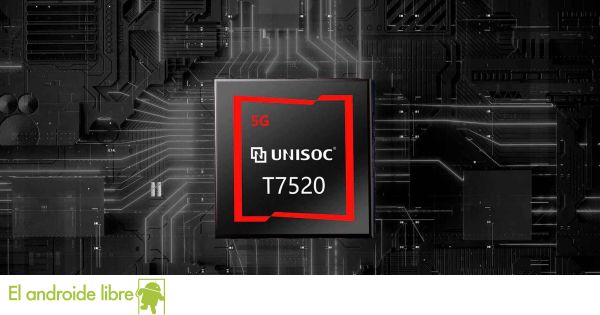What promised to be another revolution within the Steam Deck and which could position it at the level of the most well-known consoles, if possible, and with fewer features, turns out to be a nightmare for Valve. The reality is that this station had (and has) a double meaning to reach the market, since it would solve, if not totally, partially, a problem that the console has.
The docking station: for Steam Deck without manufacturing time
It’s no longer that we talk about delivery times or specific dates, no, there is simply no specific manufacturing period that Valve can offer with guarantees. This situation is not new and it assumes that the problems go beyond logistics, since with this it is already twice that Valve has had to back down.
The reasons are pretty specific: there are no key components to be able to build this docking station. Valve doesn’t specify which ones it needs and they’re not available, which shouldn’t be too much of a problem considering how simple said station is, but there’s no information on that and all the rumors seem point to different power management controllers.
To add insult to injury, the main factories of this component are closed in China due to the government’s COVID Zero policy in that country, which is causing supply issues for other components that are in stock and not reaching factories. Therefore, we can only hope that Valve can get back to business as usual, which those suffering from the “ghost loading” issue won’t be very happy about.
This device was intended to end the problem of phantom charging
Although said station focuses on the role of a docking station for the Nintendo Switch, as it has a connection HDMI 2.0, DisplayPort 1.4, very USB-A and one USB-Cthe truth is that Valve also wanted to put an end to the problems of the Phantom Charge.
And it is that this problem affects a very large number of users, causing the console, despite being connected to an external power supply, to end up discharging the battery, not reacting to the stimuli of said load. The solution you offer
Valve has to restart it from the console’s BIOS, or by opening Steam Deck and physically disconnecting the battery, where after reinstalling it, the console would start functioning normally.
The Steam Deck dock wanted to eliminate these issues by providing indirect power, so many users are very frustrated with its lag. But there’s no choice but to wait for Valve to release the news of the stock return so they can launch it into the market, which at this rate will arrive in 2023.









